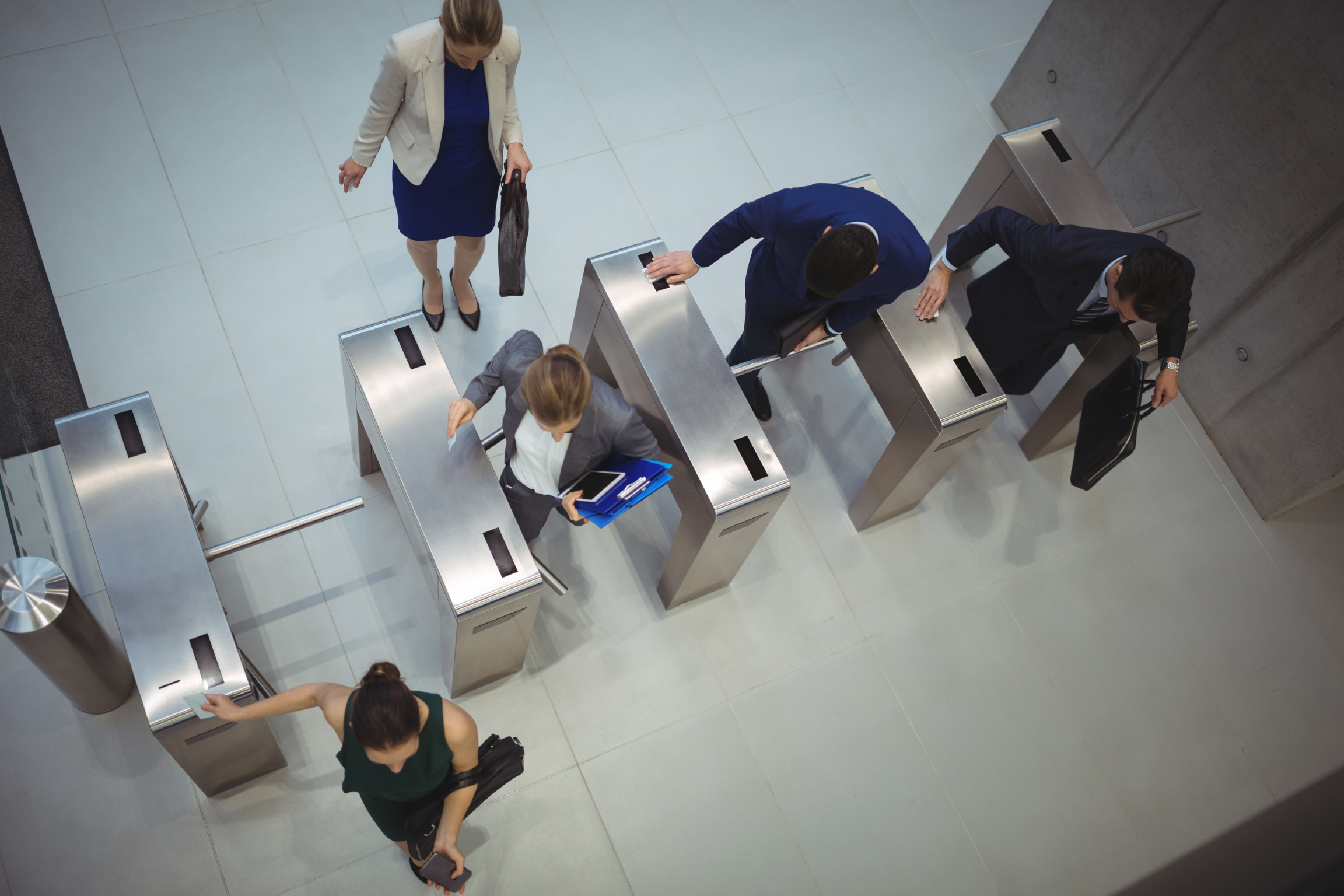If you were to ask someone about how they think business theft occurs, most people would imagine the scene of a robber forcefully breaking into a building in the middle of the night. Some thefts do happen this way, but most of the time, it happens during the daytime and with no forced entry. How? Through security tailgating.
What is Tailgating in Security?
Tailgating is also known as piggybacking. It is a physical security breach in which an unauthorized person will follow an authorized person into a secured building. You might have seen this before in a lot of action movies- the good guy will sneak into the bad guy’s lair by quietly slipping in behind a henchman and save the day. Like movies, this does frequently happen in real life, but it holds more serious implications. Tailgating may seem like a harmless thing, but it’s still a security breach that make places vulnerable to threats.
The result of tailgating is that it always allows unauthorized people into restricted areas. Although not every unauthorized person has bad intentions, it only takes letting in one person just one time for a disastrous incident to occur. Tailgating could let in a terrorist armed with dangerous weapons, a thief looking to steal valuables, an employee wanting access into a sensitive data room, etc. Just like any other kind of security breach, tailgating should not be taken lightly and proper precautions should be put in place to prevent it from happening.
How to Prevent Tailgating
In order to prevent unauthorized people from getting in, there should be a system in place that involves presenting and verifying that each person has the proper credentials. Some businesses employ security guards to manage entry, but this costs a lot of money in the long-run and they’re prone to human error. They can be easily distracted or fooled into letting someone in. The most effective method against tailgating would be to use physical barriers paired with access control devices.
Turnstiles are a commonly used physical barrier in businesses and workplaces. These devices are essentially small gates that will open for authorized people and stay closed otherwise. In most places, the turnstiles will only open when someone scans their key card that authorizes them access. However, key cards are not always the ideal form of credentials. Key cards are physical items that can be forgotten at home, lost, or stolen. If an unauthorized person gets their hands on an authorized card, then they can use it to gain entry.
A better and more secure alternative to using cards would be to use face recognition. With face recognition, all authorized personnel will be pre-registered in the system. When they come in, all they have to do is scan their face with the face recognition device that is attached to the turnstile. The gate will then open if they are recognized as an authorized person. Face recognition is more efficient because the face becomes a credential that can never be forgotten or lost. This method also provides more security because faces can’t be duplicated or passed onto someone else to use. Only that person will be able to open the gate and the quick speed of the gate will immediately shut to prevent anyone else from following behind.
At 2M Technology, we carry a wide range of face recognition access control turnstiles. All of the gates are equipped with anti-spoofing technology and allow 35 people per minute to pass through. They’re even designed to detect abnormal body temperatures and mask usage to protect against the spread of infection. With our gates, you can be sure you’re getting maximum security and safety without sacrificing efficiency. You can choose from a variety of styles including swing, retractable, tripod, full-height, and more.

